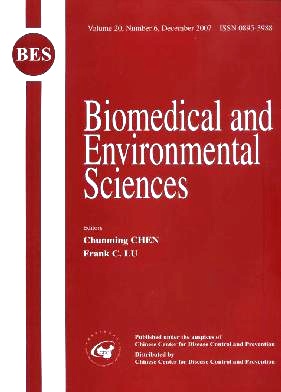Induction of Apoptosis by Recombinant Soluble Human TRAIL in Jurkat Cells
-
Key words:
- TRAIL /
- Apoptosis /
- Jurkat cells
Abstract: Objective To investigate the therapeutic potential of tumor necrosis factor (TNF)-related apoptosis-inducing ligand (TRAIL), a member of the TNF superfamily, and to analyze TRAIL-induced apoptosis in Jurkat cells. Methods Expression of TRAIL receptors (DR4 and DR5) was detected by reverse transcriptase-polymerase chain reaction (RT-PCR). Cytotoxic effects were determined by colony formation assay and a cell counting kit. The effects of recombinant TRAIL on apoptosis of Jurkat cells were determined by DNA fragmentation (DNA ladder) and PI staining. Changes in mitochondrial membrane potential were detected with JC-1 fluorescence. Results TRAIL inhibited the proliferation and induced internucleosomal DNA fragmentation (characteristic of apoptosis) and loss of mitochondrial membrane potential. Conclusion Recombinant soluble TRAIL can be used as a therapy for cancer.
| Citation: | GEN-HONG YAO, LI-JUN LING, JIAN-FENG LUAN, DONG YE, PEI-YUAN ZHU, QIAN-HONG LEI. Induction of Apoptosis by Recombinant Soluble Human TRAIL in Jurkat Cells[J]. Biomedical and Environmental Sciences, 2007, 20(6): 470-477. |







 Quick Links
Quick Links
 DownLoad:
DownLoad: